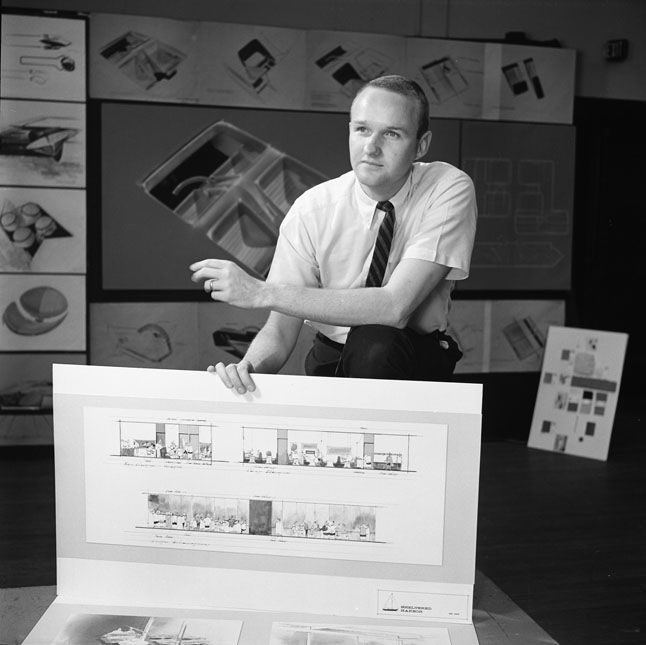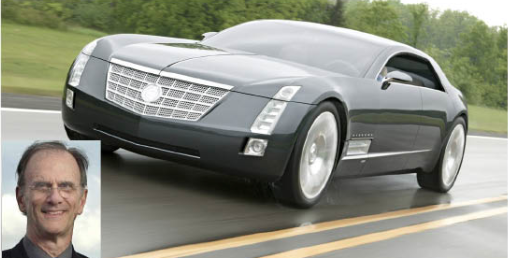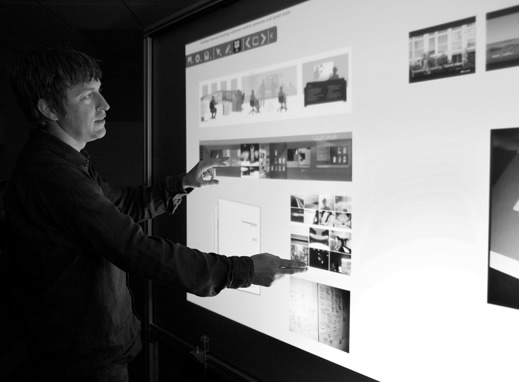Art Center is proud to announce the Alumni Award winners in the categories of lifetime achievement, outstanding service and young innovator. The annual honors allow Art Center to publicly recognize the talent, service and design influence of our alumni. Awards will be presented at the Fall Graduation ceremony Dec. 15 at 4 p.m.
Bruce Burdick ENVL 61: Lifetime Achievement Alumni Award

Bruce Burdick at Art Center in 1961
Bruce Burdick’s credits include designs for Charles and Ray Eames, John Follis and Herb Rosenthal. The flexible office furniture Burdick designed for Herman Miller was named Time magazine’s the Best of 1981 for Industrial Design.









